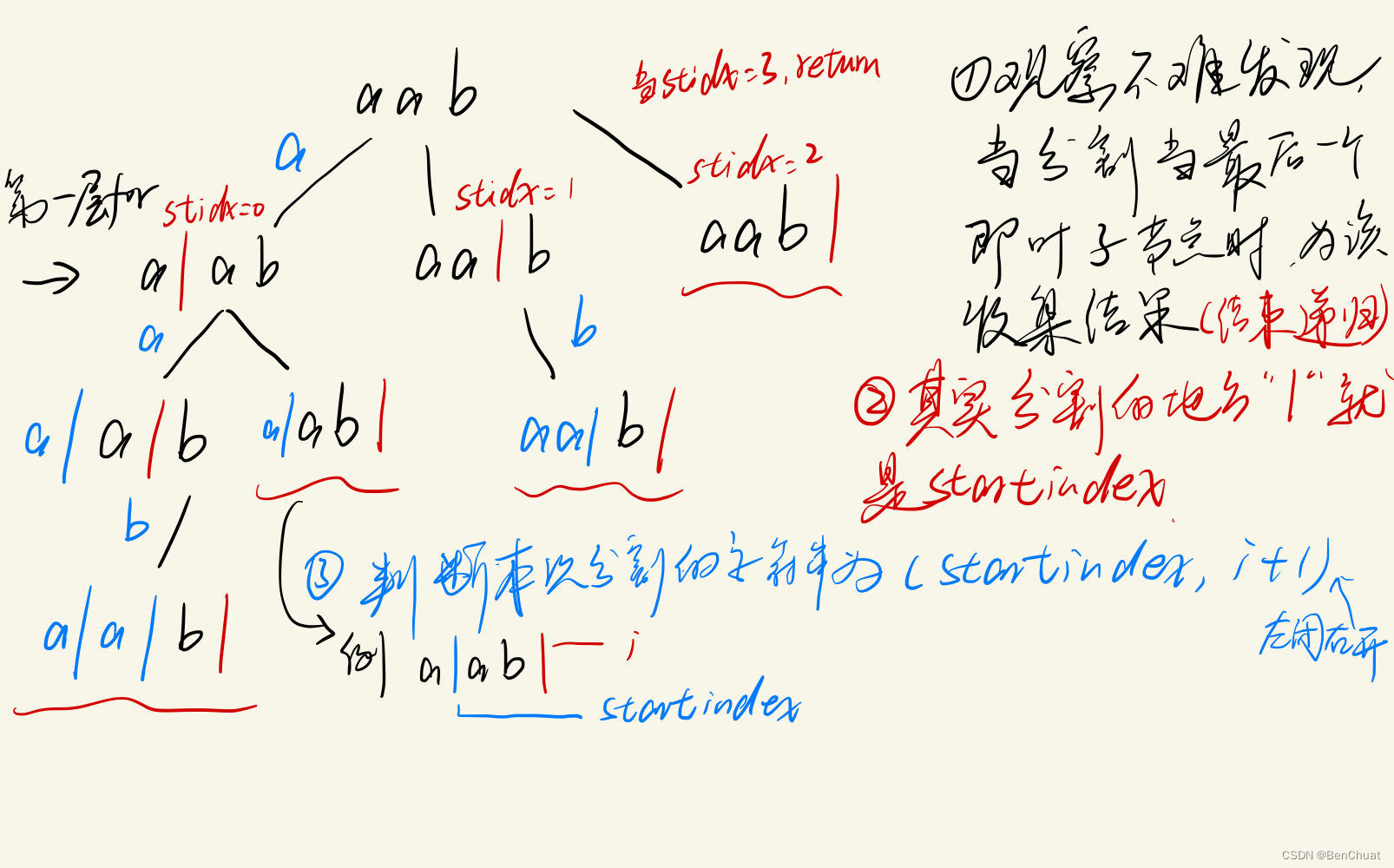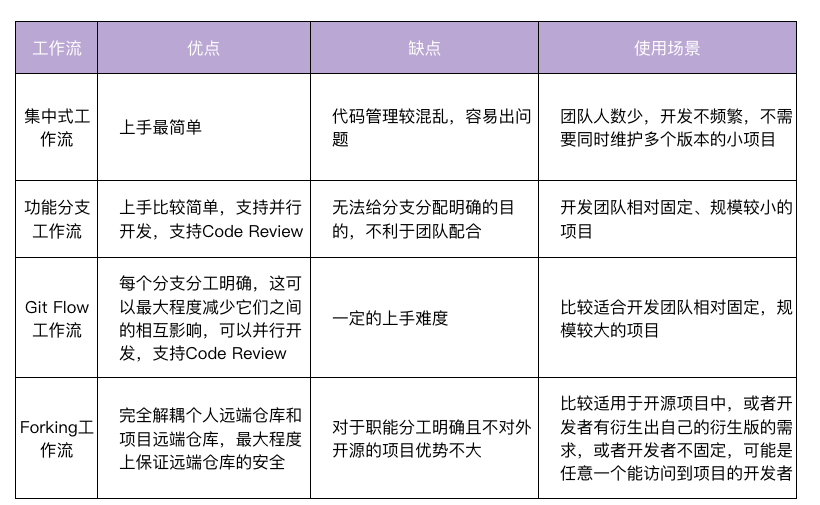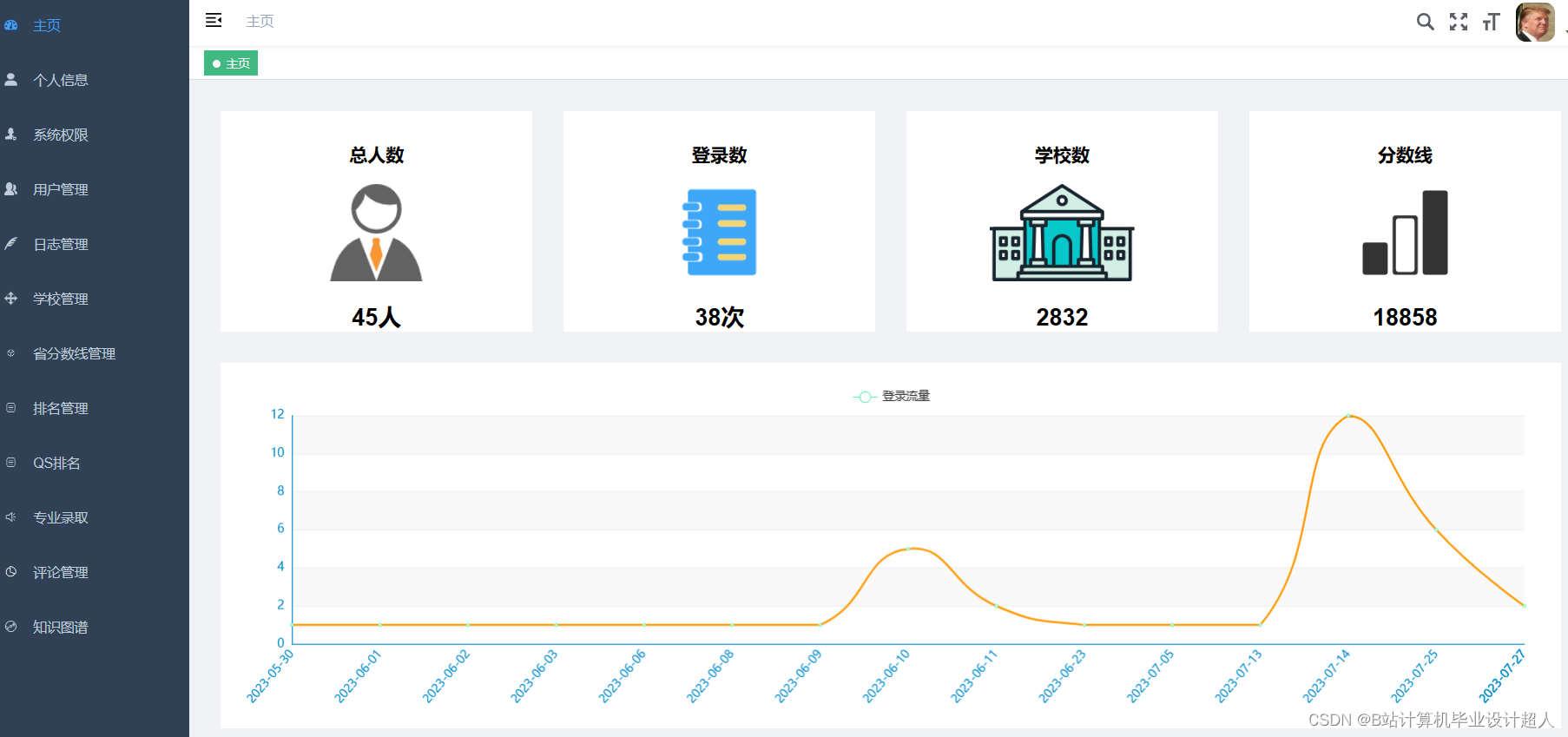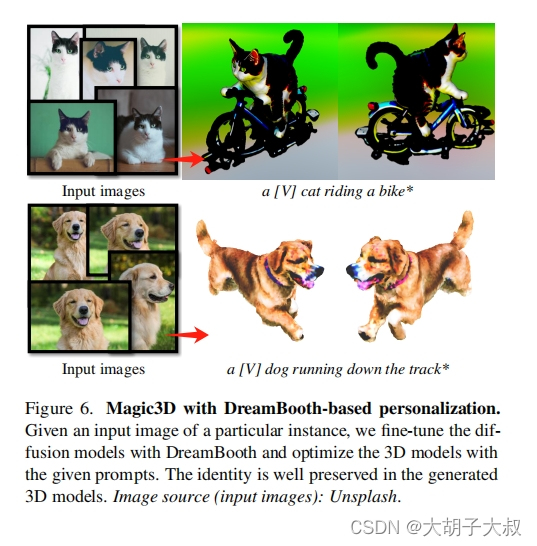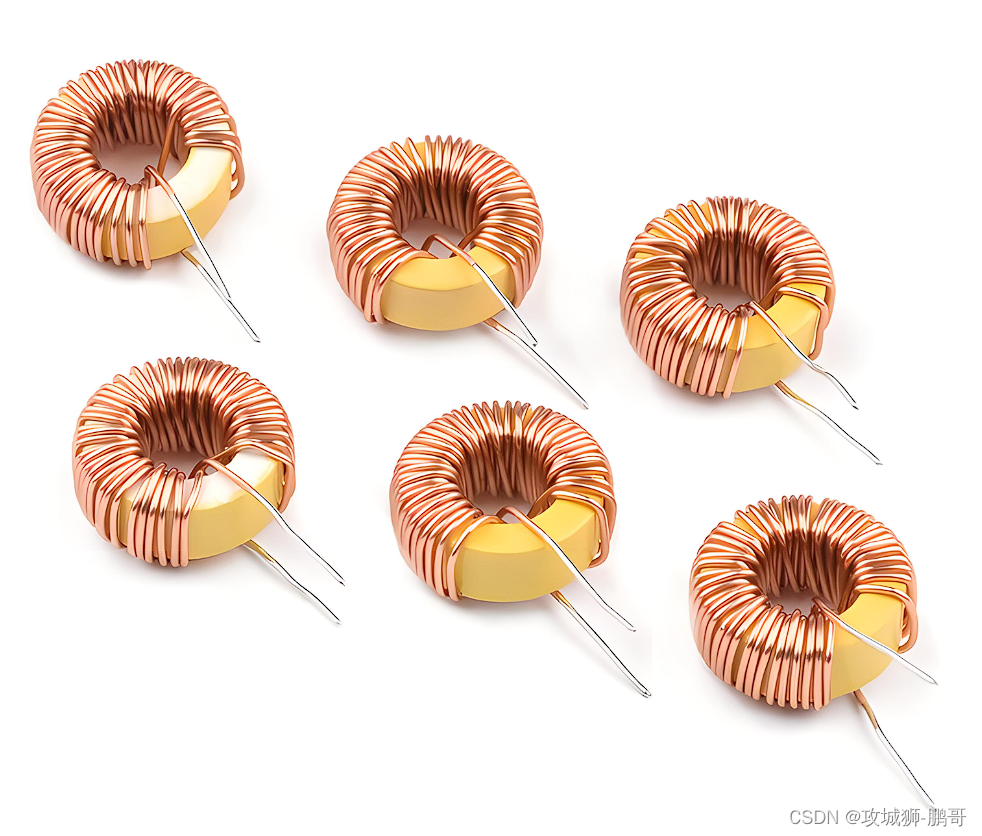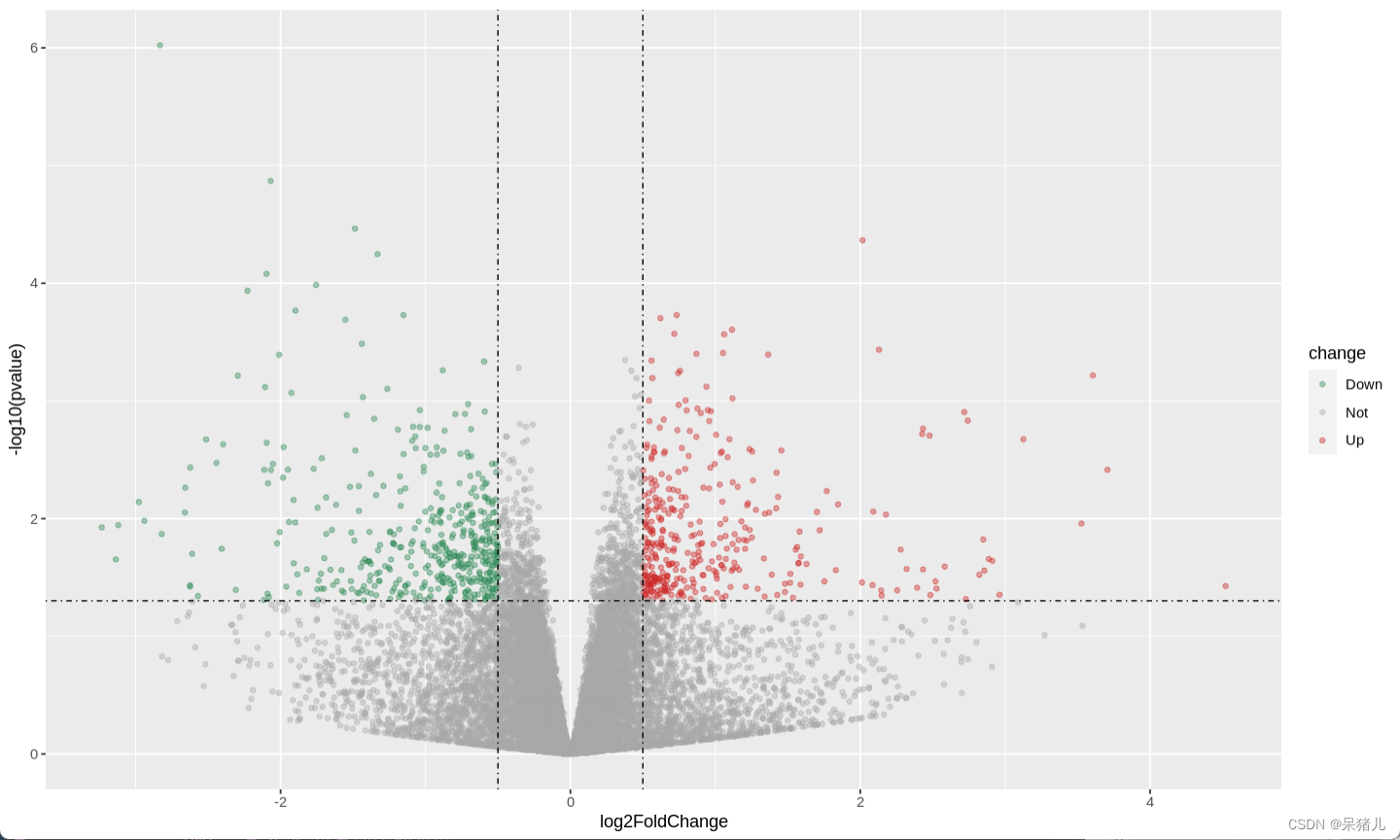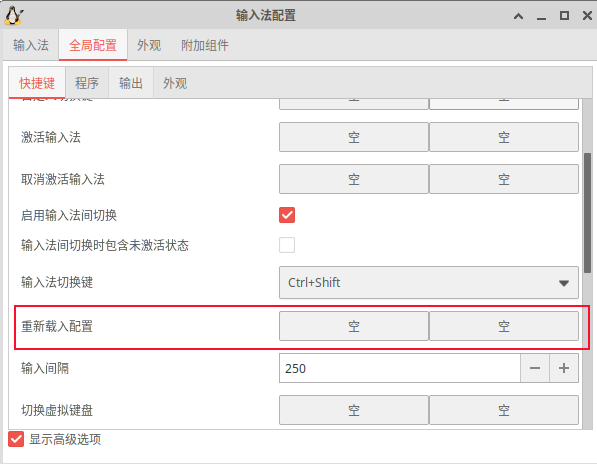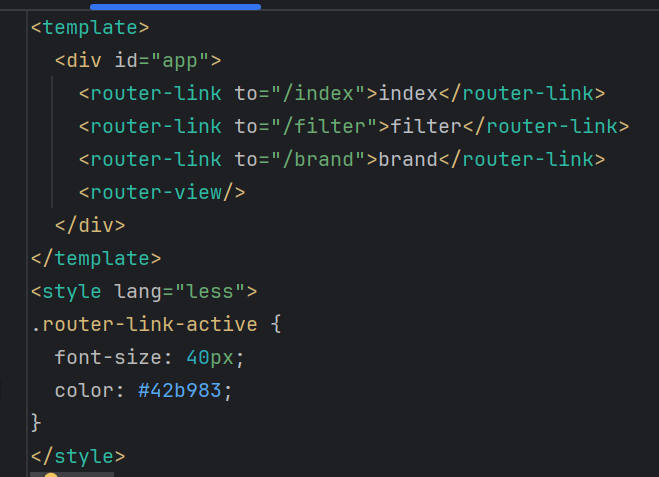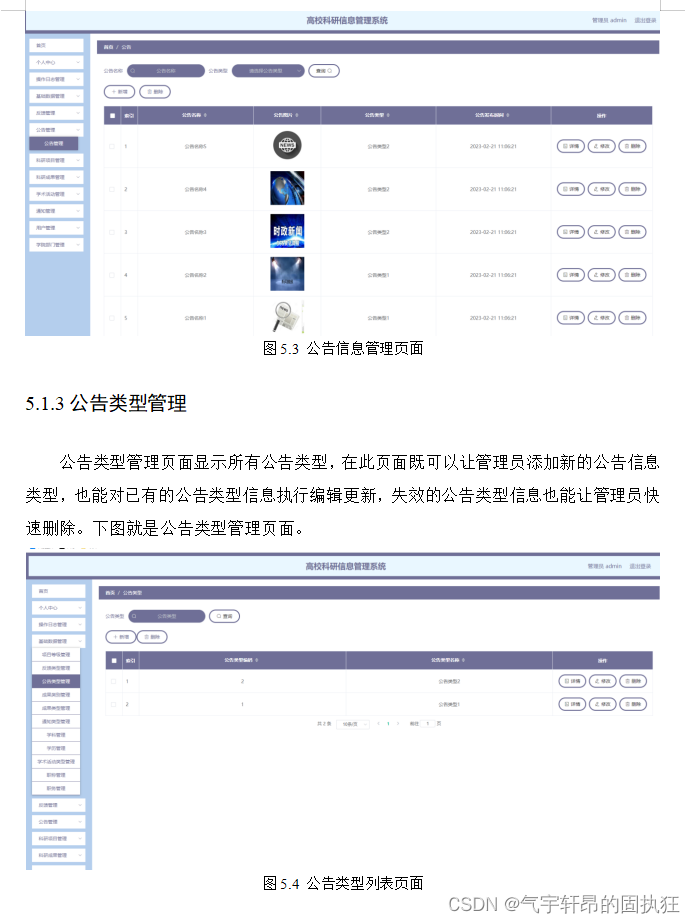In
general, the divide-and-conquer paradigm consists of
the following
steps.
The
divide
step.
The
input is
partitioned into 1
≤
p
≤
n
parts.
The
conquer
step.
This
step consists of performing
p
recursive
call(s) if
the problem size is greater than some predefined threshold
n
0
.
The
combine
step.
The
solutions to the
p
recursive
call(s) are
combined to obtain the desired output.
The
combine step is very crucial to the performance of virtually
all divide-and-conquer
algorithms, as the efficiency of the algorithm is
largely dependent
on how judiciously this step is implemented
.
the
divide step is invariant in
almost
all
divide-and-conquer algorithms
: Partition the input data into
p
parts, and
proceed
to the
conquer step. In many divide-and-conquer algorithms, it takes
O
(
n
) time
or even only
O
(1) time.
A
divide-and-conquer algorithm has the following format
.
If
the size of the instance
I
is “small”, then solve the problem using a straightforward method and return the answer. Otherwise, continue to the next step
.
Divide the instance
I
into
p
subinstances
I
1
,
I
2
,
. . . ,
I
p
of approximately the same size.
Recursively call the algorithm on each
subinstance
I
j
,
1
≤ j ≤ p
, to obtain
p
partial solutions.
Combine
the results of the
p
partial solutions to obtain the solution to the original instance
I
. Return the solution of instance I.
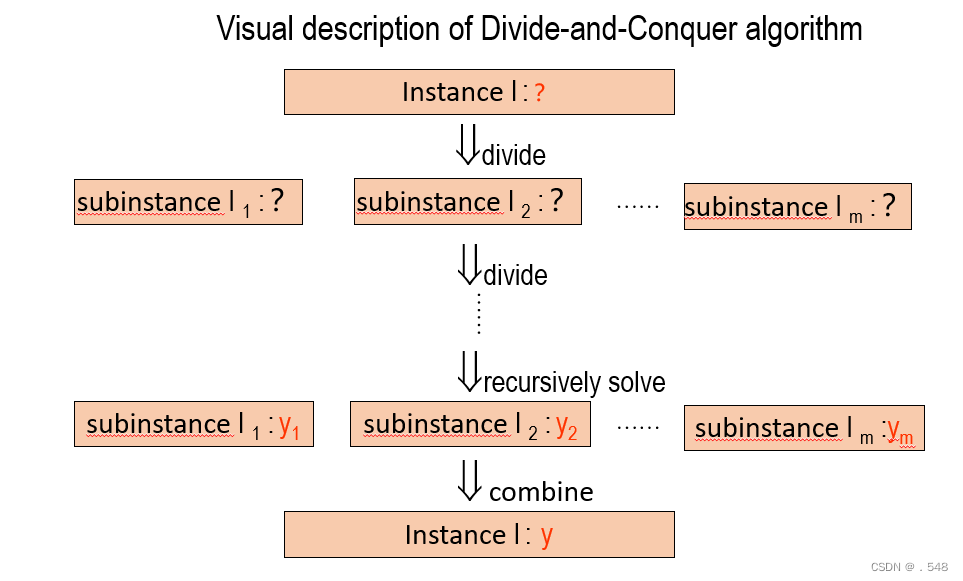
一般来说,分而治之模式包括以下步骤。
分割 步骤。输入被分割成 1≤p ≤ n 个部分。
治之 步骤。如果问题大小大于某个预定义阈值n0,则执行p 次递归 调用。
合并 步骤。将p 个递归 调用的解结合起来,以获得所需的输出。
合并步骤对几乎所有分而治之算法的性能都至关重要,因为算法的效率在很大程度上取决于如何明智地执行这一步骤。
在几乎 所有的分而治之算法中,除法步骤都是不变的: 将输入数据分成p 部分 ,然后进入征服步骤。在许多分而治之算法中,这一步需要O(n) 时间,甚至只需要O(1) 时间。
分而治之算法的格式如下。
如果实例I 的大小为 "小",则使用直接方法解决问题并返回答案。否则,继续下一步。
将实例I 分成p 个子实例 I1、I2、...... , Ip大小大致相同。
在每个子实例Ij 上递归调用算法,1 ≤j ≤ p,得到p 个部分 解。
合并p 个部分 解的结果,得到原始实例I 的解。
